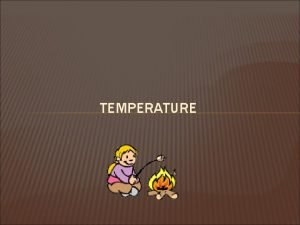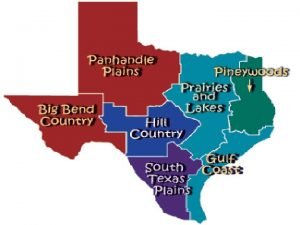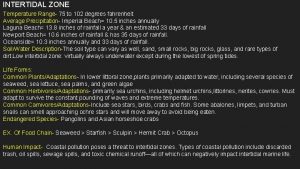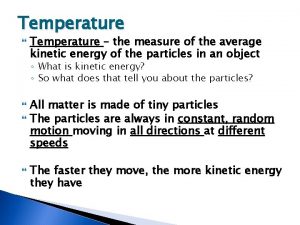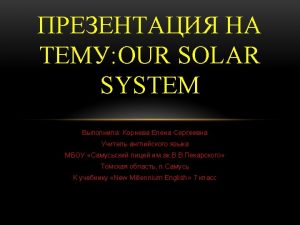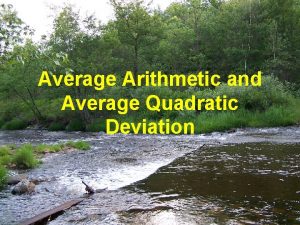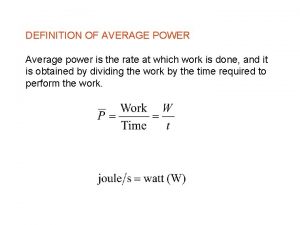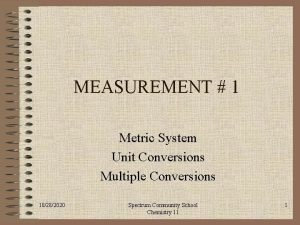Temperature Conversions Temperature Definition Temperature is the average












- Slides: 12

Temperature Conversions

Temperature • Definition: • Temperature is the average kinetic energy, KE, of molecules in a sample. • Absolute zero is the temperature at which molecules stop all motion. • (PE – potential energy is stored energy) • (KE – kinetic energy, energy of motion)

Temperature Conversions C F F = 9/5 C + 32 F C C = 5/9(F-32) C K K = C + 273 K C C = K - 273

Comparing Temperature Scales 212

Temperature Conversions C. Do the following problems on another sheet of paper. Use the conversion equations from above. Show all your work: Knowns & Unknowns, Set-Up & Answer (K = C + 273, F = 9/5 C + 32) 1. Convert the following centigrade temperatures into fahrenheit. a. 21 'C (A: 70'F) b. -10 'C c. 300 'C d. -78. 5 'C 2. Convert the following centigrade temperatures into kelvin. a. 21 'C (A: 294 K) b. -10 'C c. 300 'C d. -78. 5 'C 3. Convert the following fahrenheit temperatures into celcius. a. 75 'F (A: 24 'C) b. -10 'F c. 100 'F d. 212 'F 4. Convert the following kelvin temperatures into celcius. a. 77 K (A: -196 'C) b. 198. 5 K c. 373 K d. 500 K

Part C Temperature Conversions Answer Key A B C D 1 70 F 14 F 572 F -109 F 2 294 K 263 K 573 K 195 K 3 24 C -23 C 38 C 100. C 4 -196 C -75 C 100. C 227 C

Temperature Quiz (include problem, work & answer) 1. 456 K = ? C C = K – 273 C = 456 – 273 C = 183 C 2. 456 C = ? F F = 9/5 C + 32 F = 9/5(456) + 32 F = 853 F (round to nearest 1 due to adding 32)

Heat & Calorimetry Heat (Q) – is defined as the kinetic energy associated with the motion of countless atoms and molecules which can be transferred between objects of different temperature. Temperature (T) – the average kinetic energy of the atoms or molecules in a sample of matter. Calorimetry – measurement of the amount of heat gained or lost in a chemical reaction.

Calorimetry Calculations Equation: q = Cp x m x DT q = heat Cp = specific heat (heat capacity), the amount of heat needed to raise up the temperature of 1 g of the specific substance 1 degree C. m = mass of sample tested DT = change of temperature of sample Solve the equation for Cp: Cp = q / (m DT )

Specific Heat Lab • http: //sciencegeek. net/Virtual. Labs/Specific. He at. Lab. html Do 3 trials for each substance: wood, copper, glass, silver, sodium & water Make 2 tables for each substance: Observations & Data Table, Calculations Table Calculate Cp for all 6 substances with 3 trials each for a total of 18 calculations.

Observations & Data Material______ Mass of object, m (g) Initial temperature of object (T 1) Final temperature of object (T 2) Energy absorbed (Joules) Trial #1 Trial #2 Trial #3 g g g ºC ºC ºC J J J

Calculations: Material______ Trial #1 Trial #2 Trial #3 ΔT = (T 2 - T 1) ºC ºC ºC Cp = q / (m. DT) J/(g · ºC)
 Difference between speed and velocity class 9
Difference between speed and velocity class 9 Average rainforest temperature
Average rainforest temperature Climate in taiga biome
Climate in taiga biome Where is the desert biome located
Where is the desert biome located Temperature is the measure of the average
Temperature is the measure of the average Biomes location map
Biomes location map Piney woods texas average temperature
Piney woods texas average temperature Intertidal zone temperature
Intertidal zone temperature Temperature is a measure of the average kinetic energy
Temperature is a measure of the average kinetic energy Clifden ireland average temperature
Clifden ireland average temperature Whats the average temperature on mercury
Whats the average temperature on mercury Temperature is a measure of the average
Temperature is a measure of the average Hát kết hợp bộ gõ cơ thể
Hát kết hợp bộ gõ cơ thể




